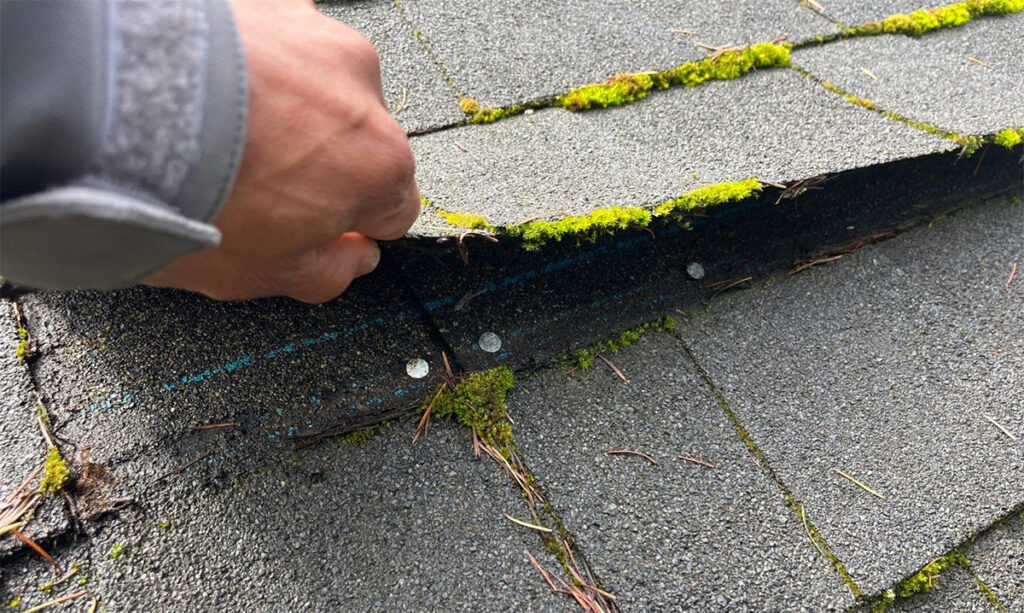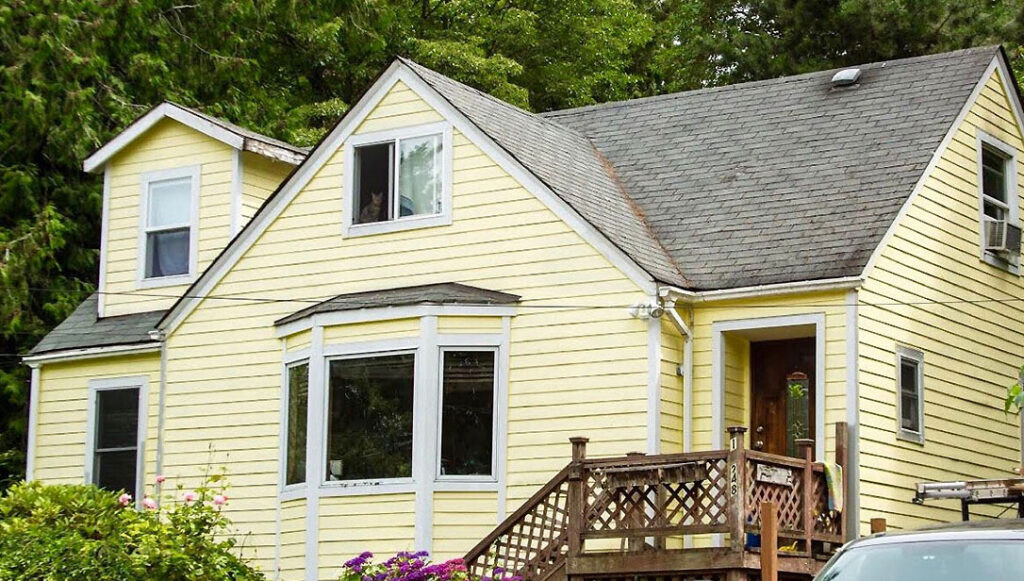Let’s face it: Not everyone thinks about their roof until there’s a bucket catching drips in the living room. But did you know roofs are meant to last between 25 to 50 years? That lifespan can shrink without some love and attention. So, where do you even start with roof maintenance?
We’ve got you covered with a simple list of key areas that need your attention. If DIY isn’t your style, no worries—there are pros like Roofscapes NW who can handle it for you.
1. Begin in the Attic
Yep, your attic is more than just storage space. It’s the first place to check for signs your roof might be in trouble. Make it a regular thing to look for:
- Wood that’s seen better days (think: soft or rotting)
- Any leaks or puddles after rain
- That sticky, humid feeling
- Unwelcome green guests like moss and mildew
- Holes where light shines through
- Insulation that’s peeling or missing its spot
Catching these early means less headache later. If you spot any, it’s time to act.
2. Eyes on the Shingles, Flashing, and Membrane
Next up, take a good look at your shingles, the flashing around chimneys and vents, and the overall roof membrane. Cleaning off leaves and twigs first gives you a clearer view.
Patience is key here. Examine each shingle for any damage, unusual wear like chipping or cracking, and signs of mold or rot. Flashing and the membrane need a check-up too, to ensure they’re all doing their job without any gaps or damage.
3. Gutter Duty
Gutters are more important than you might think, especially if you’re surrounded by trees. Aim to clear them out at least twice a year. If your yard is more forest than lawn, you might be on gutter duty more often.
Blocked gutters can back up water, damaging not just your roof, but also your siding, basement, and the gutters themselves.
4. Keep Trees in Check
Trees add beauty, but their branches can be trouble for your roof. Trimming any overhanging branches reduces debris and the risk of damage. Focus on trees within 20 yards of your house; those further away are less of a concern unless Mother Nature decides otherwise.
5. Watch for Worn Shingles
Notice any shingles changing color? That’s a sign they might be on their way out. A closer look can reveal if they’re damaged or not. Catching these early can save you from bigger issues down the road, as damaged shingles can quickly lead to more extensive roof damage.
Wrapping Up: When to Call in the Pros
Following these steps can keep your roof in tip-top shape. Some tasks you might feel comfortable tackling on your own, but when in doubt, it’s best to call in the experts.
At Roofscapes NW, we’re here for everything roof-related, from simple maintenance to full installations. Drop us a line for a free estimate on your roofing project. Let’s keep your roof strong, season after season!



